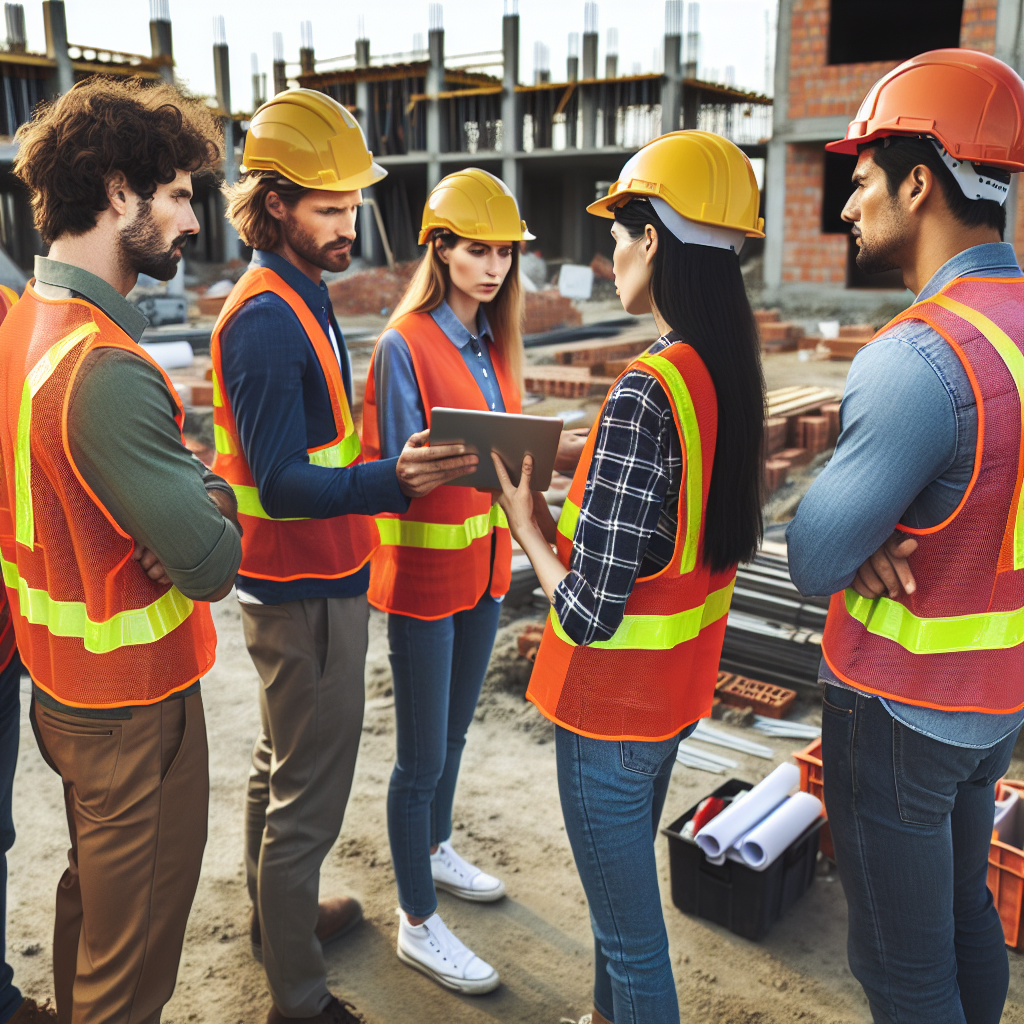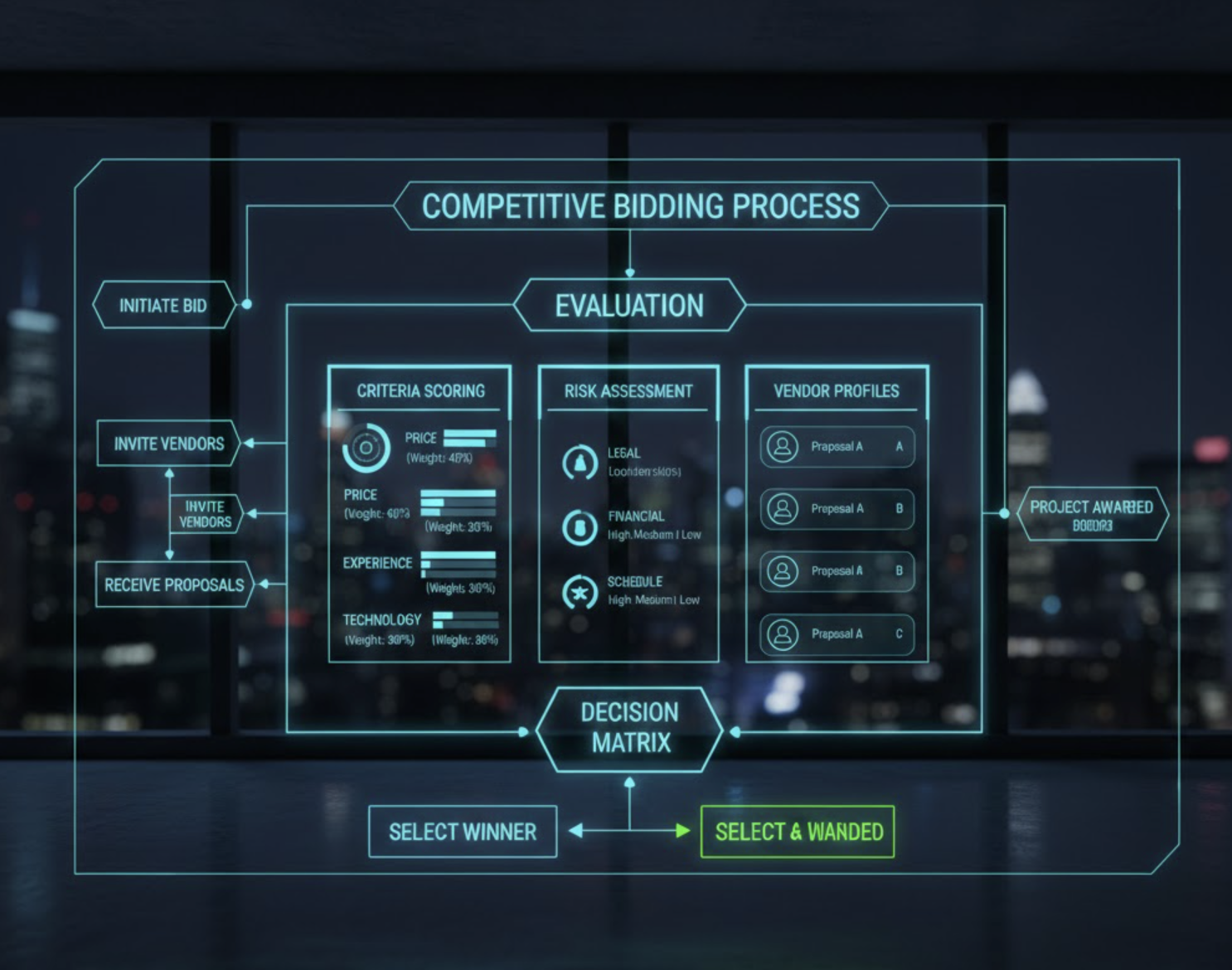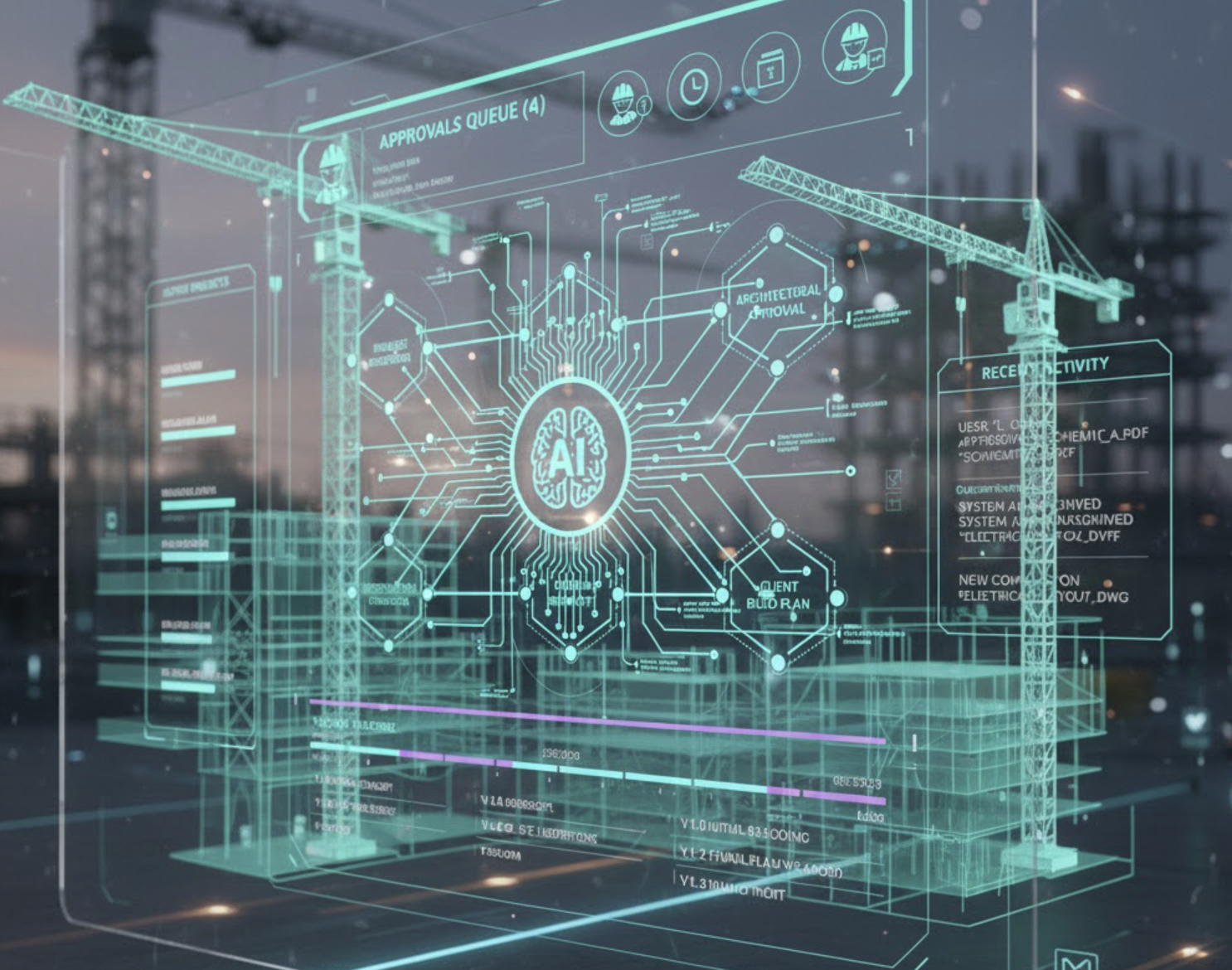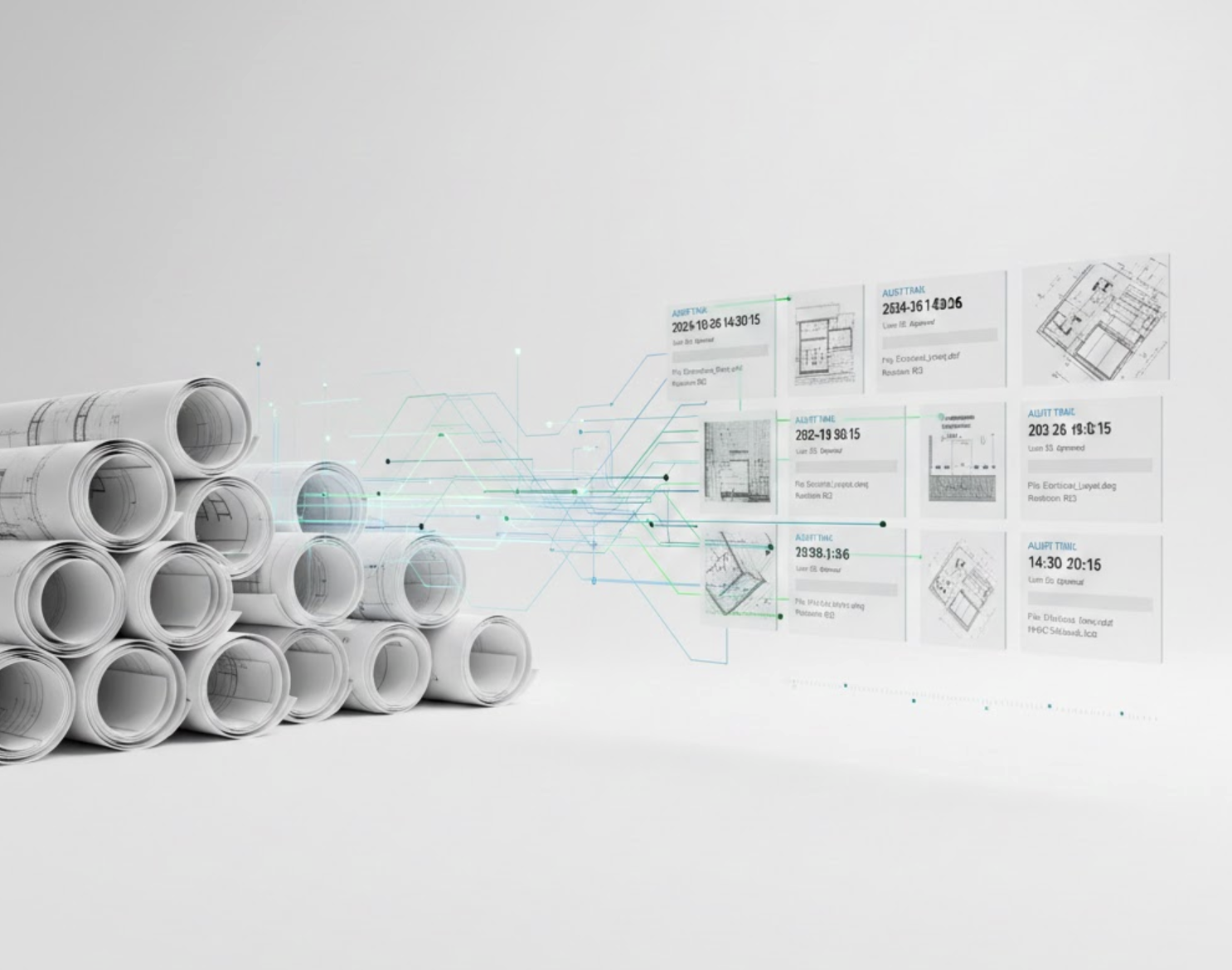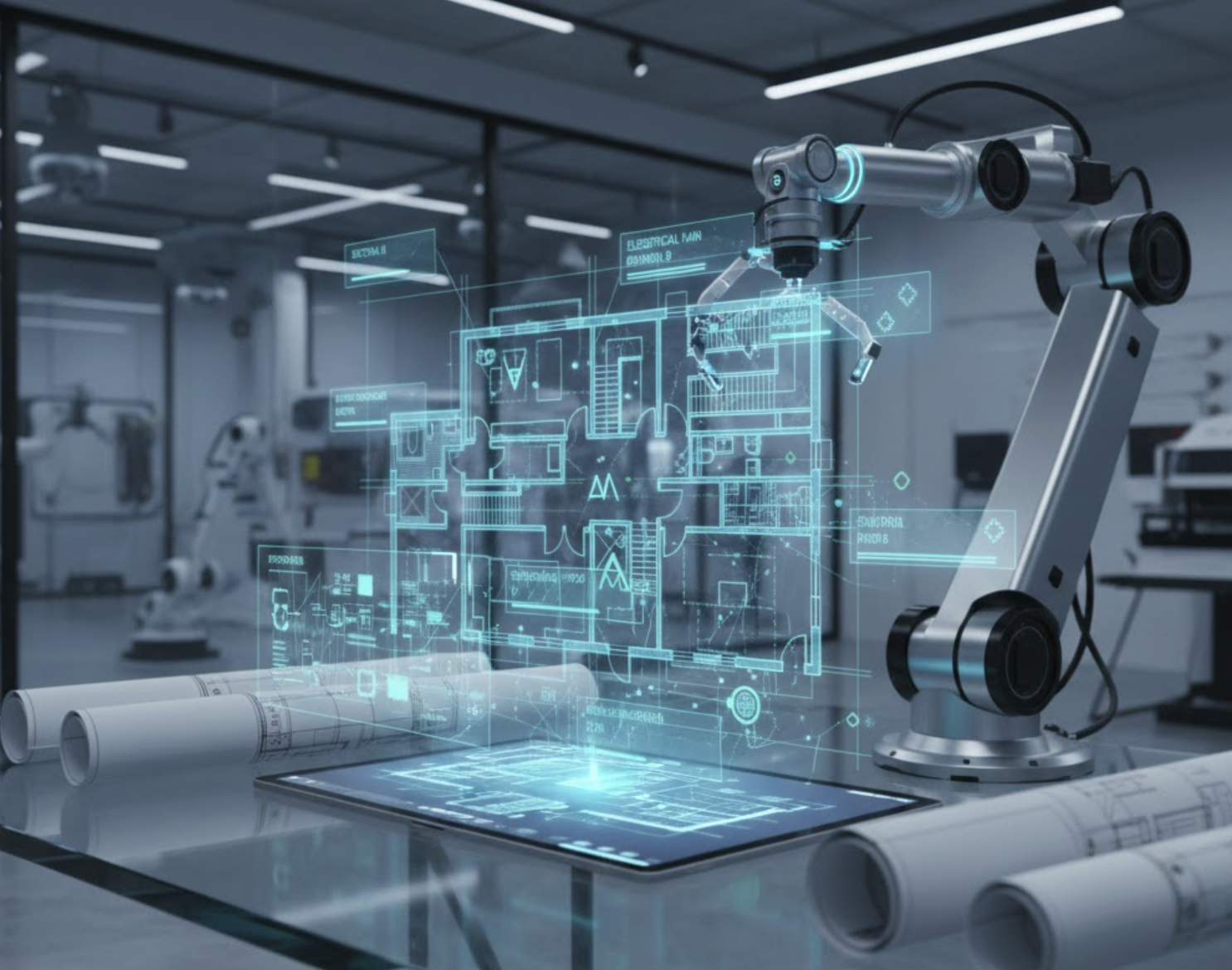AI in Construction Safety: Saving Lives with Predictive Analytics
In the ever-evolving construction industry, AI in construction is emerging as a game-changer, particularly in enhancing safety protocols. By integrating predictive analytics into construction management, companies can significantly reduce incidents and improve worker safety. This blog delves into how AI revolutionizes construction safety, focusing on the application of predictive analytics and real-time data monitoring to create safer job sites.
The Role of AI in Construction Safety
AI technologies have fundamentally transformed the way safety protocols are implemented and monitored on construction sites. This evolution is primarily driven by the use of AI-powered project management tools that analyze historical data, identify patterns, and generate useful insights. By leveraging these insights, construction companies can make informed decisions that enhance safety and compliance.
Predictive Analytics for Risk Management
One of the most significant benefits of AI in construction safety comes from its predictive analytics capabilities. These tools analyze historical safety data, past incidents, and various relevant factors to predict potential hazards. By identifying patterns and trends, AI systems can forecast where accidents are most likely to happen, enabling managers to take pre-emptive actions against potential risks.
For instance, by examining a site’s historical safety incidents, AI can help identify specific areas or practices that may require enhanced safety protocols. By attending to these predicted hazards before they manifest, construction firms can reduce the occurrence of workplace injuries and fatalities.
Real-Time Monitoring and Alerts
AI’s real-time monitoring capabilities play a pivotal role in maintaining safe work environments. Systems equipped with sensors and cameras continuously monitor job sites, identifying unsafe conditions or behaviors as they occur. This technology ensures that immediate alerts are sent to workers and supervisors, enabling prompt corrective actions and preventing accidents.
Moreover, image recognition technology powered by AI can identify safety hazards such as unsecured scaffolding or workers failing to wear required personal protective equipment (PPE). By ensuring compliance with safety regulations, AI-driven tools like Zepth’s Jobsite Management system contribute to a safer work environment.
Hazard Identification and Prevention
AI systems excel at hazard identification through the application of advanced algorithms that assess site-specific factors, past incidents, and even weather conditions. These analytics allow supervisors to take preventive measures before hazards occur. For example, AI can analyze existing projects to highlight potential safety risks associated with specific tasks or areas, empowering teams to adjust their safety protocols accordingly.
This proactive approach is complemented by the ability of AI to monitor PPE compliance continuously. By ensuring that safety gear is worn at all times, AI effectively reduces the likelihood of accidents in hazardous environments.
Compliance and Regulatory Adherence
Furthermore, AI enhances compliance with safety standards through continuous monitoring of construction sites. By identifying discrepancies that may compromise worker safety, AI provides real-time data access that supports quicker decision-making. The integration of AI-driven tools can automate routine safety checks, allowing Environmental Health and Safety (EHS) managers to prioritize meaningful interactions with workers, emphasizing the importance of safety beyond mere compliance.
Use Cases and Best Practices
Real-Time Data Analysis
AI seamlessly integrates with IoT and smart sensor technologies to collect real-time data on equipment performance, environmental conditions, and worker behavior. This wealth of data is analyzed to detect anomalies or signs of potential hazards, enabling swift corrective actions. Companies leveraging construction project management software with AI capabilities will find themselves better equipped to respond to dynamics on the ground.
Personalized Safety Training
AI-powered EHS software can further enhance safety training by providing personalized learning experiences tailored to each worker’s needs. By recommending targeted training modules based on individual performance metrics, AI not only boosts compliance but also fosters a culture of safety within project teams.
Virtual Reality Simulations
Virtual reality (VR) can transform safety training through AI-led immersive simulations that replicate real-world scenarios and hazards. Workers can practice their responses in a safe environment, which increases retention and understanding of safety protocols, preparing them to handle real-life situations effectively.
Autonomous Vehicles and Robotics
Even the most basic tasks, like site inspections, can be handled by AI and robotics, allowing construction professionals to focus on higher-priority functions. Tools such as Buildots utilize AI to analyze construction site data comprehensively, assessing completed work and project timelines, consequently increasing operational efficiency.
Emerging Innovations
Generative AI and Chatbots
The advent of generative AI-powered chatbots introduces an engaging way to interact with construction personnel. These intelligent assistants can provide instant guidance on safety protocols, clarify complex regulations, and facilitate safety drills, ensuring that workers have immediate access to crucial safety information.
Advanced Image Recognition
AI’s advanced image recognition technology is critical in ensuring compliance with safety regulations. By continuously monitoring job sites for hazards like unsecured scaffolding or unauthorized PPE violations, AI empowers supervisors to undertake timely and informed action.
Challenges and Limitations
Despite the benefits, several challenges remain in implementing AI in construction safety. Data availability and quality are paramount; AI tools rely on accurate, relevant information to produce actionable insights. Moreover, the successful integration of AI within existing workflows often encounters resistance from employees unaccustomed to technological change, and the necessity for skilled personnel to interpret AI-generated data cannot be overstated.
How Zepth Can Help
Zepth offers a suite of solutions designed to optimize safety in construction through AI capabilities. Our platform features tools for predictive analytics and risk management, enabling the identification of potential hazards and the implementation of preventive measures before incidents occur. Moreover, Zepth’s tools automate routine safety checks and monitor compliance with regulatory standards, significantly reducing accident rates.
By incorporating AI-powered EHS software, Zepth delivers personalized training experiences and immersive virtual simulations to bolster employee readiness and safety awareness. For those interested in exploring how Zepth’s solutions can enhance safety on their construction projects, visit Zepth’s Construction Safety Solutions today.
Statistics and Impact
The implications of AI in construction safety are profound. By integrating predictive analytics, companies have observed a significant decline in fatal accidents, as these tools identify and neutralize potential hazards before they escalate. Moreover, generative AI-driven systems have shown promise in decreasing the Total Recordable Incident Rate (TRIR) by providing real-time support and guidance to construction teams.
Ultimately, leveraging AI in construction safety equips companies with tools to improve safety protocols, encourage a culture of awareness, and make data-driven decisions, all while securing workers’ well-being and minimizing the risk of legal repercussions associated with unsafe practices.
